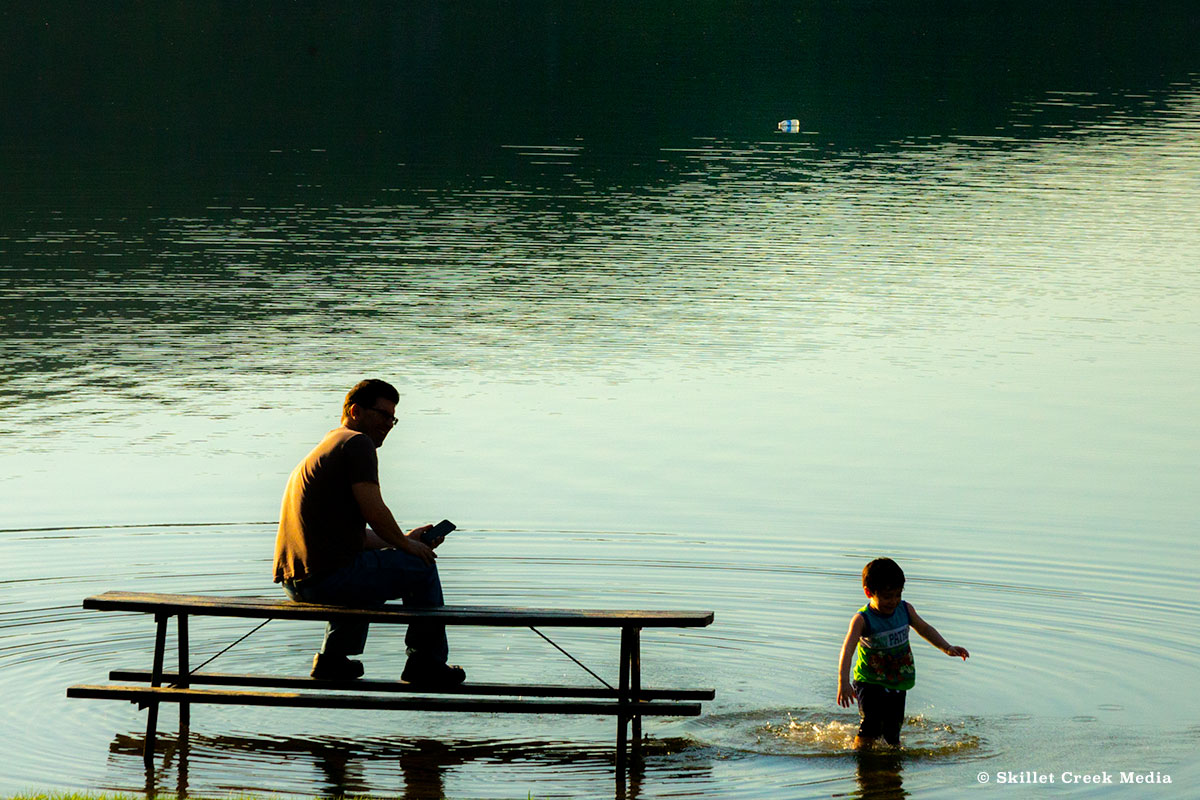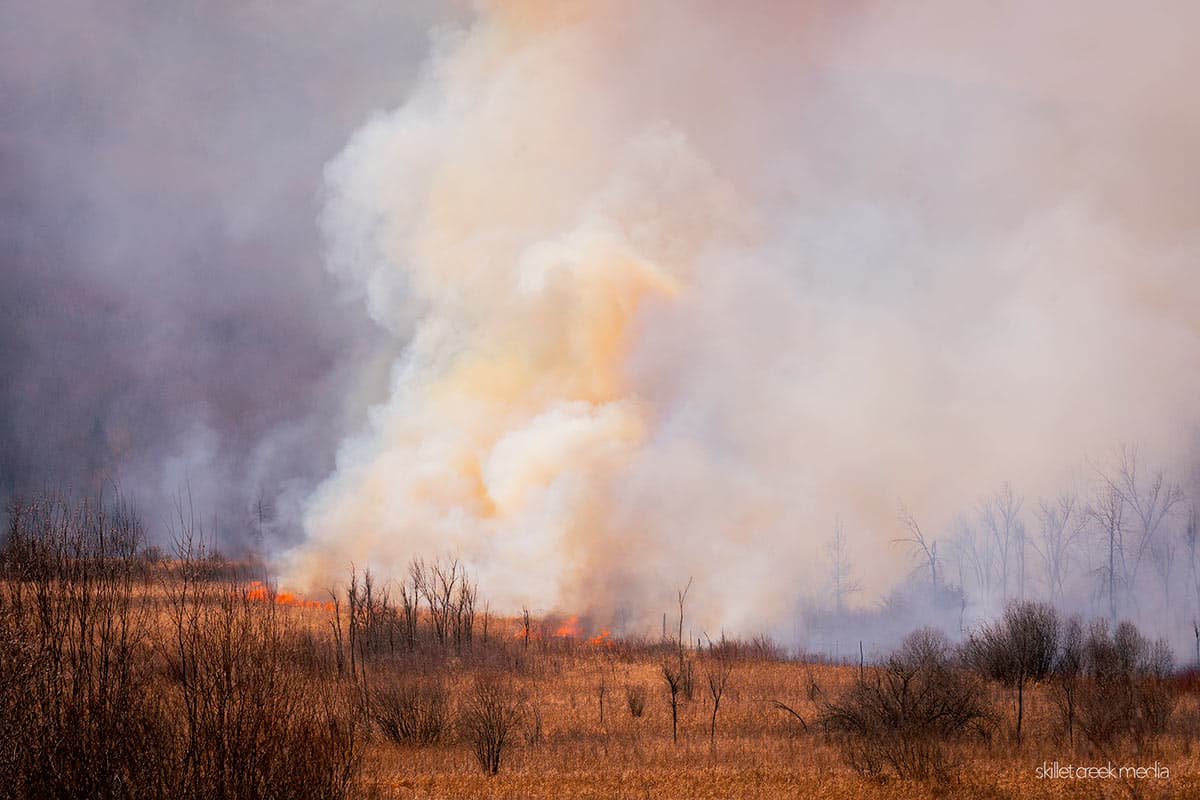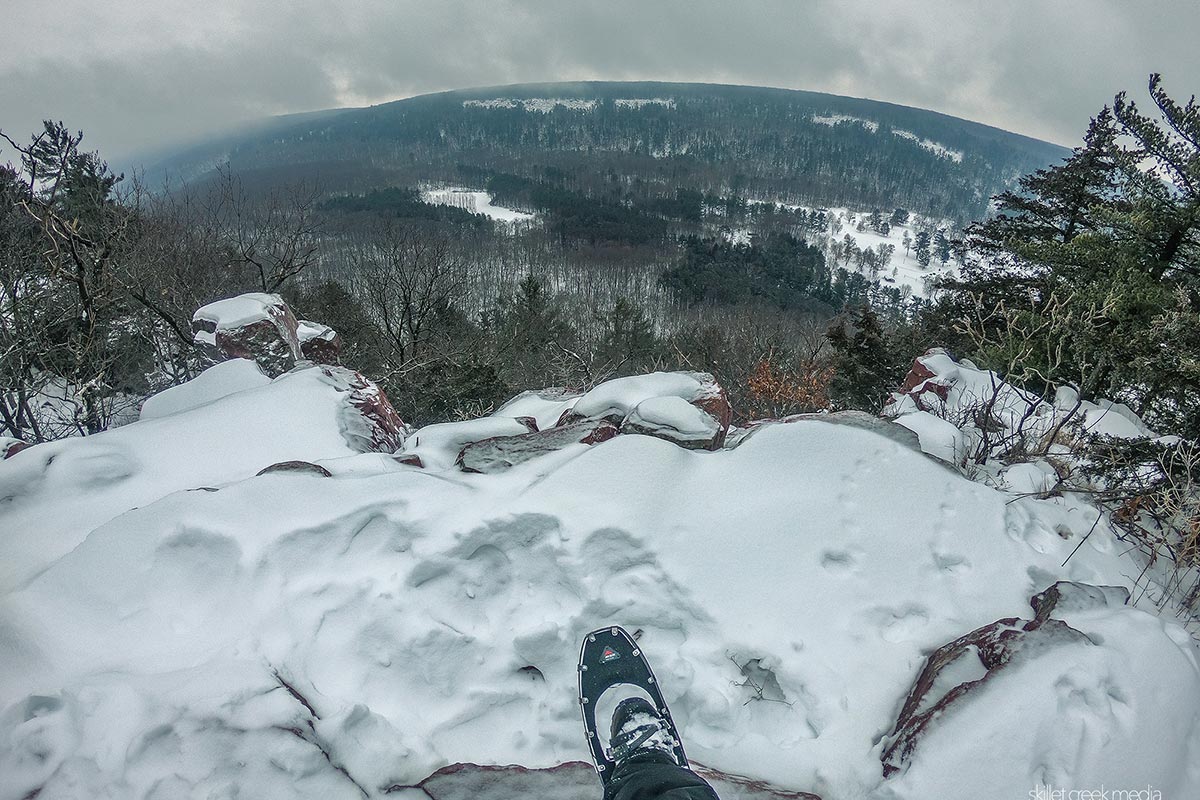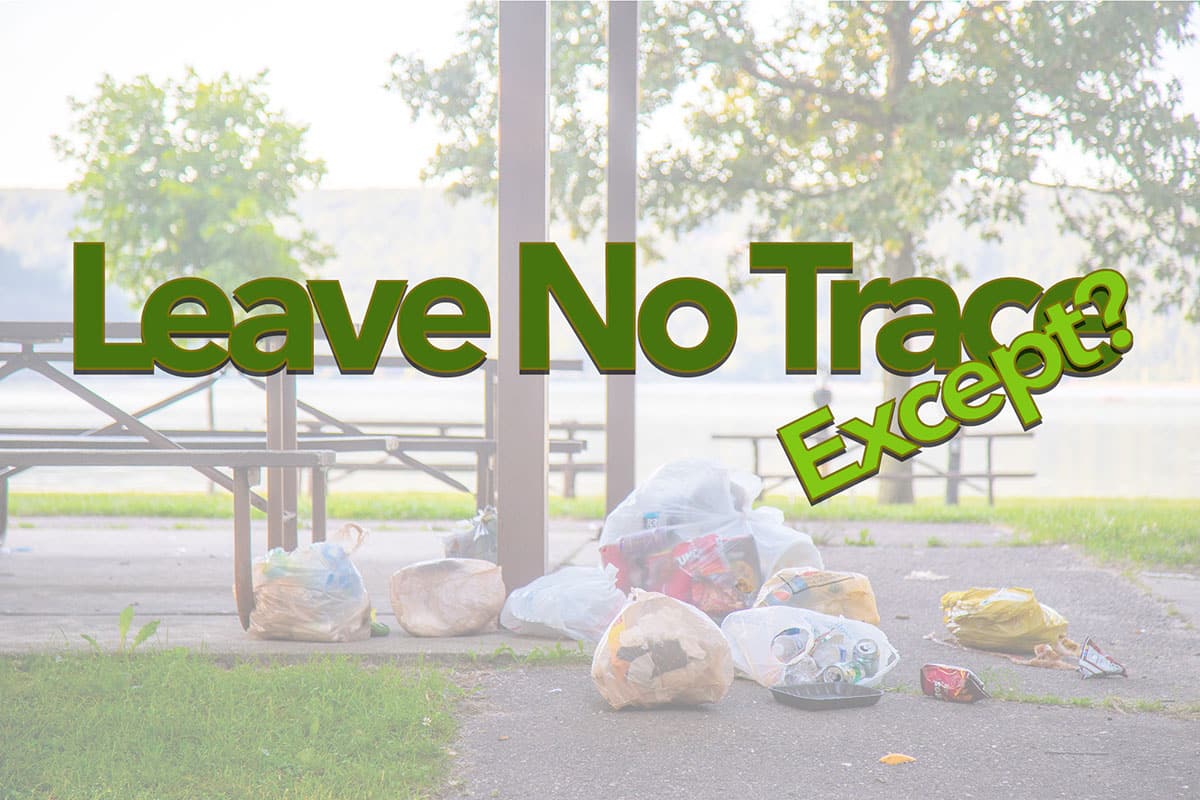Yesterday, March 18th, a prescribed burn was carried out on Devil's Lake State Park's Roznos…

Devil’s Lake State Park is a “Leave No Trace” property and yet trash is one of the regularly talked about issues at the park. While it’s certainly fair to talk about dumpsters and staffing, it’s my feeling that the real issue here is education. Not teaching people to take their water bottles with them when they go, but knowing who won’t and why they won’t, so that we can actually do something productive.
Interestingly, the main reason people litter is that they simply feel like it. According to a Keep America Beautiful (KAB) 2009 National Visible Litter Survey and Litter Cost Study, nearly one in five, or 17% of all (trash) disposals observed in public spaces were littering. And 81% of littering was intentional. Litter begets litter. Individuals are much more likely to litter into a littered environment. That might explain things like this fee collection box (below) that has become a trash receptacle at the Steinke Basin parking lot. (On the other hand, if you put a garbage bag over a round hollow tube, it’s not unexpected that someone may see it as a trash receptacle.) Once one person starts, then, of course, others will follow.

It’s important to mention as well, that when people feel no sense of ownership in their community or park, they often feel someone else will pick up after them; that it’s not their responsibility. (So it actually IS important that every individual is made to feel personal ownership in the park and that those who do, are engaged and treated with respect.)
Now, credit where it’s due, that same 2009 study also shows that 83% of folks disposed of litter properly and that individuals who hold the belief that littering is wrong, feel a personal obligation not to litter, are less likely to do so. So most of us, are good people and want to do the right thing. Score one for the good guys!!
510,000 litterbugs
Let’s go back to the 17% who do litter. Assuming that most people have one bit of trash to deal with when they visit Devil’s Lake State Park, a candy wrapper, pop can or whatever, we’ve got a real problem. With 17% of 3 million visitors who litter, that comes out to around 510,000 trash-tossers per season! (We can quibble on 2.4, 2.7, 2.9…)
Let that sink in; Somewhere around 510,000 people who create trash in the park this year will probably toss it on the ground, between the rocks, or in the corner of a bathroom somewhere!
Location, Location
Another study done by California State University social psychologist Wesley Schultz, found that the distance to a trash receptacle was the strongest predictor of littering, which meant simply that “the farther away you are from a trash can or a recycling container, the more likely you are to litter.” That makes sense, right? In a 2016 article for The Allegheny Front, in Pittsburgh, PA., called, “The Psychology of Littering, Schultz also said, “Often times people do care. But it’s too much of a hassle, it’s too inconvenient.”

Real Solutions
So what can we do? Well, first we have to do our best to let people know that the park is “Leave-No-Trace” in big bold terms that are hard to miss. Signage needs to be in place not only on the beaches but at far-flung parking areas and trailheads as well. Bright, bold signs that will be seen. Not fading sheets of paper stapled to a bulletin board. Among other findings, the 2018 “Waste in National Parks” study by Leave No Trace found that having the right messages in place, accessed prior to a visit and/or seen by visitors on-site, can lead to greater compliance and appropriate waste disposal and recycling. (Still, we’ll always need visible law enforcement, volunteers and clean-up days!)
Next, we need to ID problematic locations. Devil’s Lake State Park’s north and south shore beaches are obvious problem areas and that’s why dumpsters are there. But again, parking areas, trailheads, and longer busy trails need to be considered seriously as well. (Parfrey’s Glen and Pewit’s Nest come to mind!) These are the places where the distance to a trash container matter. I’d also suggest the sidewalk along the south end of the lake is an issue due to its easy access for fishing. These are areas where direct signage and free disposable, biodegradable bags can help. Steinke Basin and other areas should also have pet waste stations. What the signs & bags actually say is, “We care, this is what we want you to do and we’re paying attention”. This helps the psychological side of the problem by eliciting a sense of responsibility and yes, even feelings of guilt*. Then we must offer the solution by providing a bag that they didn’t bring along to carry “yucky” stuff out.
It Can Be Done
Yeah, I totally hear the dude saying “This doesn’t make any difference.” and “No one will do it.” That’s what people who really don’t care and don’t want to be bothered always say. Oh, and the next, faux obstacle is “Who will pay for it?” “Who will stock the bags or clean up the inevitable messes left around the signs?” Well, good people will. This is where personal ownership and community come into play. I also think that if you ask, local businesses & environmental groups might help out, there are often grants available and honestly, I think this is exactly the sort of thing the park’s Friends group should do. I mean, isn’t that what friends are for?
You Can Help Too!
This Saturday, April 27th the park is hosting at Trails Workday. Folks are meeting at 10 am at the Devil’s Lake State Park Nature Center. Volunteer and help work on the trails at Devil’s Lake. We’ll work on blocking off “non-official” trails on East and West Bluff trails. All tools will be provided, but you may want to bring a pair of work gloves and water along too. Stay for the whole time or come when you can to help. (And of course, you can also choose to go out and pick up garbage!)

Also, NatureWorks LLC also has a workday this Saturday as well. They will be starting at 9 am. This organization has adopted the East Bluff Trail. You can help cut invasive shrubs and use brush to block unauthorized trails in and around East Bluff State Natural Area (on the top of the East Bluff) They’ll be concentrating work efforts around the prairie and the Devils Doorway trail segment. No skills needed, you will be trained onsite.
Please RSVP by the day before to Kerstyn at[email protected] If you are unable to make the walk to the top of East Bluff, we can likely arrange a ride if you let us know in advance.
What to wear: Dress for the weather (layers, layers, layers) and wear clothes that are OK to get beat up, long pants, long sleeves, gloves (we will have extra), sturdy footwear, safety glasses (we will have extra).
Related Reading
- Who Litters and Why People Litter?
- Waste in National Parks*
- Telling litterers to change is a waste of time. Here’s another solution.
- The benefits of dog waste stations
- How New York Became Safe: The Full Story

For nearly 2 decades the Skillet Creek blog has focused on 3 main goals; To inspire you to visit and explore the Devil’s Lake region, to help you get the most your visit by sharing tips, events, and other helpful information. Lastly to advocate for our environment & wildlife and talk about how we can keep our natural areas amazing now and into the future! That last goal can sometimes cause controversy, but it’s the only way we can accomplish the first two. – Derrick Mayoleth, Owner.



